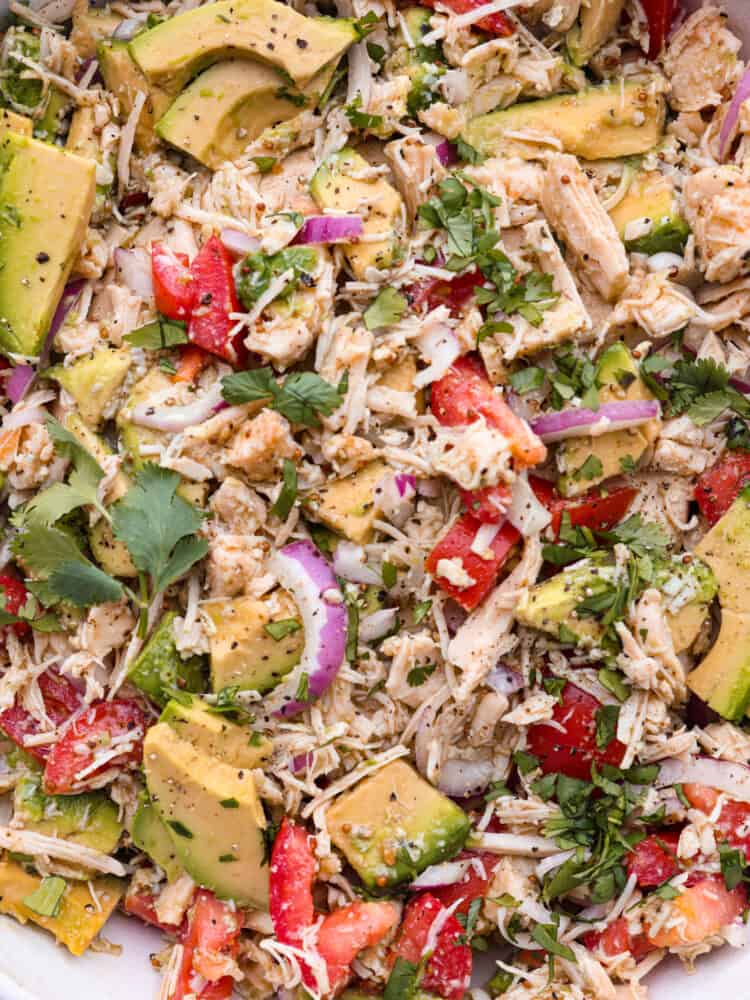The Role Of Crunch In Tuna Salad: Adding Texture With Vegetables
Types of Vegetables to Add for Crunch
Celery
Celery is a traditional addition to tuna salad, providing a crisp, refreshing crunch. Its mild flavor allows it to mix properly with the other ingredients without overpowering them.

When choosing celery for tuna salad, search for stalks which might be firm and crisp, with shiny green leaves. Avoid stalks which are wilted or have brown spots.
To prepare celery for tuna salad, wash the stalks totally and remove the leaves. Cut the stalks into small, skinny slices, about 1/4-inch thick. This will help to ensure that the celery is cooked evenly and does not become too delicate.
Celery can be added to tuna salad at any point in the course of the preparation process. However, it is best to add it simply before serving, in order that it retains its crunch.
Bell peppers
– Bell peppers: These crisp and colourful vegetables add a satisfying crunch to tuna salad. They also present a good supply of vitamins and minerals, together with vitamin C and potassium.
Cucumber
A traditional tuna salad is a good summer time lunch, however how will you add a little additional to the flavor profile? Crunch is a key element, and one of the best methods to add some is with greens.
Cucumbers are a fantastic addition to tuna salad for several reasons: they add a refreshing crunch, they’re low in calories, they usually’re full of nutrients. Plus, they’re easy to search out and inexpensive.
To add cucumbers to your tuna salad, simply chop them into small items and add them to the bowl. You can use a daily cucumber or a seedless cucumber, depending on your desire. If you’re utilizing an everyday cucumber, make positive to remove the seeds, as they are often bitter.
Here are some other vegetables that can add crunch to your tuna salad:
Celery is one other classic tuna salad ingredient that provides a pleasant crunch. It’s additionally a good supply of fiber, which may help keep you feeling full.
Carrots add a bright and crunchy sweetness to tuna salad. They’re additionally an excellent source of nutritional vitamins A and C.
Red onion adds a sharp and tangy crunch to tuna salad. It’s also a great supply of antioxidants.
Green bell pepper provides a contemporary and crisp crunch to tuna salad. It’s additionally a great supply of vitamin C.
Jicama is a Mexican vegetable that adds a candy and crunchy crunch to tuna salad. It’s additionally a good source of fiber and potassium.
Water chestnuts add a unique and crunchy texture to tuna salad. They’re additionally a great supply of fiber and manganese.
Radishes
Radishes add a peppery, crunchy flavor to tuna salad.
They are a good supply of vitamin C, potassium, and folate.
To put together radishes for tuna salad avocado salad, thinly slice them or minimize them into matchsticks.
You can even use daikon radishes, which have a milder taste than purple radishes.
Jicama
Jicama is a root vegetable with a crisp, white flesh. It is an effective source of vitamin C and fiber. Jicama may be eaten raw, cooked, or pickled. When added to tuna salad, jicama offers a refreshing crunch and a gentle sweetness.
Additional Tips for Achieving Crunch
Use contemporary, crisp vegetables
Always choose recent, not limp, vegetables to make sure optimal crunchiness.
Chop greens into small, uniform pieces
Additional Tips for Achieving Crunch:
- Chop vegetables into small, uniform items to make sure even cooking and textural consistency.
- Use a sharp knife to prevent tearing or bruising the vegetables, which can result in a mushy texture.
- Consider blanching vegetables briefly in boiling water to retain their vibrant color and crispiness.
- Add vegetables to the salad simply before serving to protect their freshness and crunch.
- Experiment with totally different textures by combining crunchy vegetables like celery and carrots with softer choices like tomatoes and cucumbers.
Dry vegetables thoroughly earlier than including to salad
To prevent soggy salad, wash and dry greens completely before including to the salad.
Use a salad spinner to remove excess moisture from the lettuce and different greens.
Pat the vegetables dry with a clean kitchen towel or paper towels.
Avoid adding wet ingredients to the salad, similar to water from canned vegetables.
If you add wet elements, drain them thoroughly before adding to the salad.
Do not overmix the salad, as this could cause the greens to launch water.
Toss the salad gently to mix the elements.
If you are making the salad forward of time, store the greens and the dressing individually, and mix them simply before serving.
This will help to keep the vegetables crunchy.
Add greens simply before serving
Add vegetables just earlier than serving to hold up most crunch.
Store tuna salad within the fridge to take care of crunch
To maintain the crunch of the vegetables in your tuna salad, it’s crucial to retailer it properly within the fridge. The perfect temperature for storing tuna salad is between 32°F and 40°F (0°C and 4°C). Ensure that the container is hermetic to stop moisture loss and protect the crispiness of the greens.

